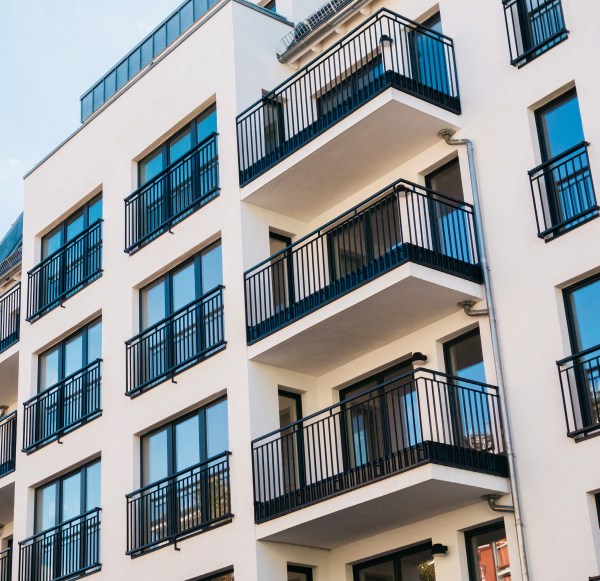Safety Responsibilities

There are a number of relevant cases dealing with the responsibility of strata managers and property managers dealing with the safety and negligence aspects of managing a property.
It is not just the WHS legislation
Unfortunately, some people think that it is purely the Work Health and Safety legislation that applies, but the key piece of legislation is the Civil Liability Act (NSW, SA, WA, TAS) when you and your client get sued for negligence. The relevant section is 5B of that Act.
Civil Liability Act – s5B
The salient elements of this section are:
1. whether the risk was foreseeable AND what you knew or ought to have known,
2. was the risk not insignificant, and
3. what would the reasonable person otherwise do.
The important aspect of the first element is what you ought to have known. Although there are a lot of people thinking if I don’t get a property inspection Safety Report or I put my head in the sand or ignore obvious defects or dangers to people or potential damage to property that somehow by ignoring or turning away from that defect somehow protects me. This is wrong.
The second element refers to the degree of harm that can occur i.e. the Court is not interested in minor issues hence the words ‘that are not insignificant’.
The third element of section 5B refers to what the reasonable person would otherwise do. The litmus test of ‘reasonable person’ was best said in a Victorian case where the judge said ‘it is not what comes up in cross examination’ i.e. you don’t have to be the smartest legal mind on the planet as the test, you just have to put in place appropriate safety measures that the reasonable person would do.
(Similar provisions in Victoria – Wrongs Act, WA – + Occupiers Liability Act, ACT – Civil Law (Wrongs) Act, NT – Personal Injuries (L+D) Act)
How do I protect myself and my client
‘Physically test’, if you do carry out inspections consider if your agreement indemnifies you against that risk, your actions have to be that of the ‘reasonable person’. That is, for timber rear stairs, stand on them and place some weight (Yeung v Santosa – agent paid 100% of claim); open and close kitchen cupboard doors; push and pull the balcony balustrade (Wu v Carter – agent paid 25%, and Owners Corporation paid 75% of the claim).
‘Different environment’, needs to be considered. When wet, are the tiles slippery? (Pavlik v Wetherill Park Shopping Centre – agent paid 0% of claim, because the agent could prove that they engaged an appropriate specialist to apply non-slip finishes onto the tiles); would the stairs become dark and dangerous when the lights time out? (Laresu v Clark – agent paid 60%, owner paid 40%)
‘Risk Mitigation’, engage an appropriately experienced safety company such as BIV Reports to carry out regular safety inspections that satisfy the standard of inspection required.
Hazards and Risks
Practical examples of the difference between a hazard and a risk are, uneven stairs are a hazard, the risk is that someone may trip and fall and injure themselves (that is the stairs are not the risk); broken glass is a hazard, the risk is someone could walk over that broken glass and cut their feet; large surf is a hazard and the risk is someone inexperienced as a swimmer could drown; loose hinges on a kitchen cupboard is a hazard because the risk is that someone may open that cupboard and the door will fall off and injure someone; the slippery tiles near the ATM is a hazard and the risk is that someone could slip and fall when its wet.
So what should you do in those rare circumstances of carrying out an inspection? These are some but not all of the things for you to consider
1. Identify hazards. These can be broadly categorised as electrical, protrusion, slip, trip, fall and anything missing (no handrails on some older type properties where there is stairs or uneven walking surfaces).
2. Consider and identify any risks attaching to those hazards and consider whether the risks are significant enough for the type of person that would use that area or service. That is elderly people in a fall would have a more significant injury than a younger person.
3. Put in place some type of control measure, such as signage to warn people of the hazard, physical barriers, or other measures that reduce risk.
Risk and safety are very easy to deal with in strata management and property management. The level required is one of a reasonable person. The best way to deal with these issues is to engage an appropriate property safety expert.
View Comments
(0)